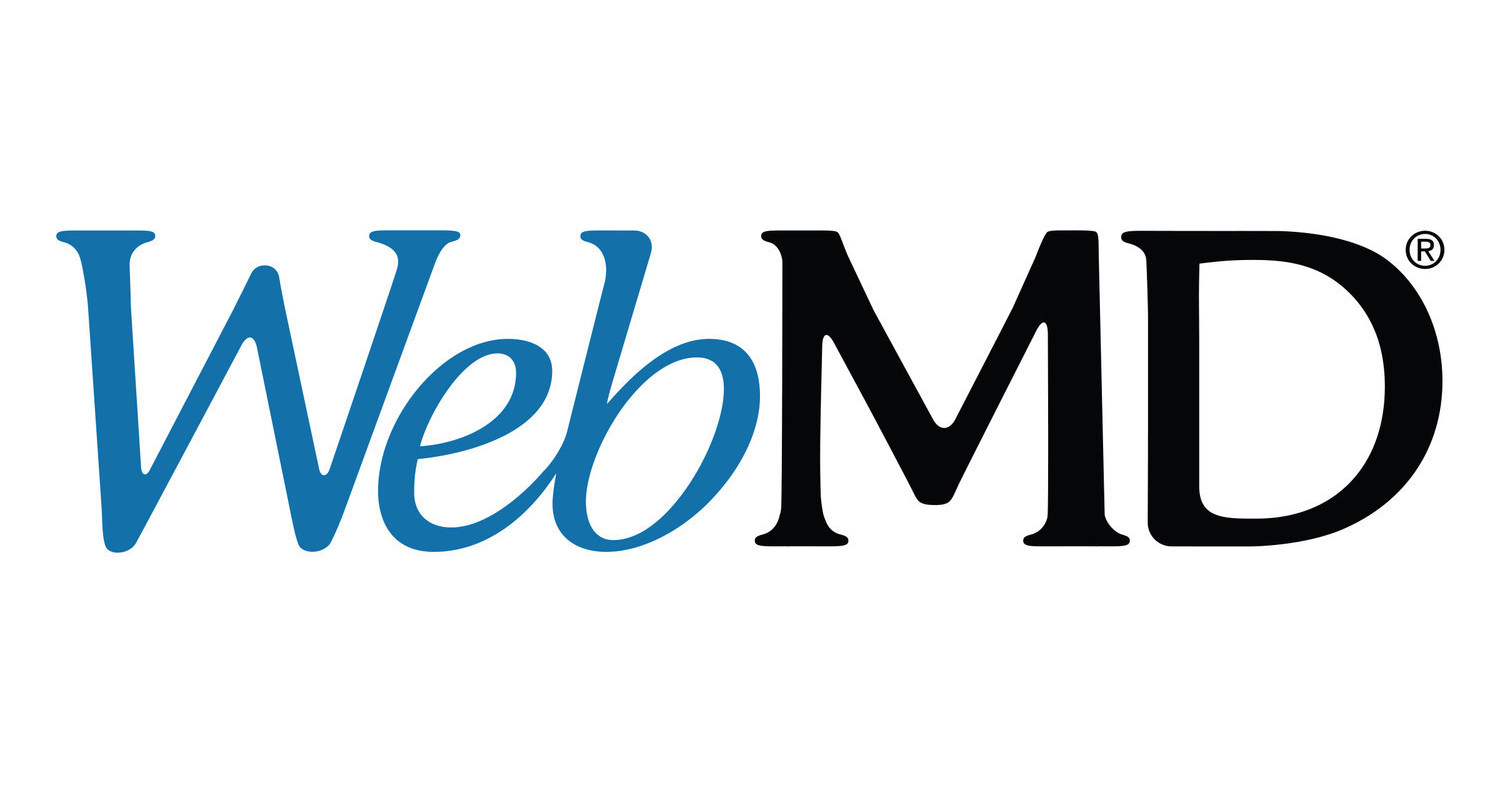Medicinal substances have been completely employed in China for millennia, and Chinese Herbology is the full system of diagnosis as well as prescription that is effective in the power of its to address prostadine prostate complex (from www.reviewjournal.com) health problems. When I prescribe herbs for my patients, I typically get asked questions which are many about the make up of the formulas along with about how they work.
When I prescribe herbs for my patients, I typically get asked questions which are many about the make up of the formulas along with about how they work. In this Introduction to Chinese Herbal Medicine, I will be introducing some of the fundamental ideas used in Chinese Herbology to help you demystify the elaborate process of organic prescribing.
In this Introduction to Chinese Herbal Medicine, I will be introducing some of the fundamental ideas used in Chinese Herbology to help you demystify the elaborate process of organic prescribing.
Chinese Herbology has the origins of its in 4 primary historical texts which all date to about the third century. The texts are the Yellow Emperor’s Classic (Nei Jing) that outlines the basic theoretical principles of Chinese medicine, the Divine Husbandman’s Materia Medica (Shen Nong Ben Cao) that’s credited with becoming the first compendium of Chinese organic awareness, the Discussion of Cold Induced Disorders (Shang Han Lun) and also the Essentials from the Golden Chamber (Jin Gui Yao Lue) all of which go into detail that is great regarding analysis design differentiation and prescribing of Chinese medicinals.
One of the more fundamental things to hold in mind about Chinese herbal formulas is that they’re not merely a combination of arbitrary herbs that is haphazardly put together. Every formulation is a carefully crafted blend of herbs that work synergistically to balance as well as enhance one another to bring about the best therapeutic results. This balance can take many forms such as one herb strengthening the effect of another, one particular herb counterbalancing an undesirable property in another herb for example toxicity, or just one herb wanting to harmonize all of the herbs in the formula to enable it to be easier to approach and digest. Additionally, certain therapeutic techniques and strategies underlie the formulation and application of herbal combinations.
The herbs in method combinations are broken into 4 categories: chief, deputy, assistant, then envoy. The chief herb is the primary herb(s) in the formula that is directed to the principal design of disharmony. The chief is an essential compound and features the greatest effect after treating the design. The deputy herb(s) aids the chief herb in treating the principal structure of disharmony and also can serve as the primary ingredient to treat some coexisting patterns. The assistant herb(s) reinforces the result of both the chief and deputy herbs, as well as specifically influences a much less important aspect of the key pattern. The assistant herbs too moderate or perhaps get rid of the strong nature of different ingredients and also reduce the toxicity or negative effects of other herbs in the formula. The envoy herb(s) focuses the activity of the formula on a specific channel or location of the entire body. The envoy likewise harmonizes and integrates the activities of the other materials in the formula.
The formula for allergies, Jade Windscreen (Yu Ping Feng San), I said in the last blog post of mine is one example. The chief herb in this formula is Astragalus. This particular herb is directed against the main pattern of disharmony, which, in the circumstances of allergies, is an imbalanced immune reaction. Atractylodis, the deputy, reinforces the action of the chief herb by helping to normalize immune response, as well as additionally goes a bit of further by building up the lung and spleen energy, thereby addressing the root cause of the immune imbalance. Ledebouriellae, the assistant herb, helps both the chief and deputy herbs stabilize the immune system while also protecting the body from invasion by wind. (See the final short article of mine for even more information regarding wind and allergies.) This formula does not include an envoy, illustrating the point that not every formulation has each element. Likewise, many formulas have multiple deputy and assistant herbs.
It’s this multi-layered treatment strategy that allows Chinese organic formulas to be very helpful. Each formula was created thoroughly to not only address symptoms, but to also go deeper to address the cause of the signs. The formulas, therefore, don’t just provide symptom relief, though additionally, they assist to correct the body’s imbalances to stop the symptoms from recurring. The complexity behind every formula is exactly why it is always better to seek advice from a technically trained Chinese herbalist to make sure that you take the best appropriate formula for your unique problem.
Traditionally, herbal formulas have been decocted by boiling raw herbs and consuming the resulting fluid. This form is picked out as being a tea. Because raw herbal plants require a good bit of time and effort to cook, granules are an a lot easier way for a practitioner to have a similar power to modify a formula for a particular patient without requiring the patient to cook herbal plants. Granules are decocted herbs which are after that dried into a powder form. The powder will then be reconstituted with boiling water and taken as a tea. Lots of classic formulas can also be for sale in tablet or tincture form, and these’re additionally fantastic choices. Organic formulas work better when individuals take them, hence it is generally advisable to give patients a decision about how exactly to fill the herbs of theirs to find out what form will fit best to the lifestyle of theirs.